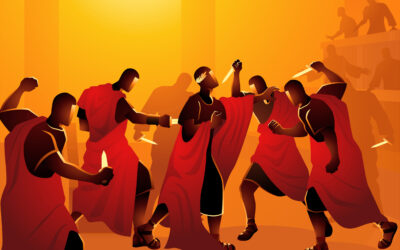The term “Easter egg” in the context of hidden features or secrets in media originated in 1979 with the video game Adventure for the Atari 2600. Created by game developer Warren Robinett, this Easter egg was the first widely known secret hidden in a video game.
At the time, Atari did not credit individual developers in their games. Frustrated by this, Robinett decided to leave his mark in a hidden room within Adventure. To access the Easter egg, players had to find a specific, nearly invisible object (the “Gray Dot”) and bring it to a certain area of the game. Once there, the secret room would appear, displaying the message: “Created by Warren Robinett.”
Interestingly, this hidden feature wasn’t discovered until after the game had been released. When a young player found the secret and reported it to Atari, the company initially considered removing it. However, Atari ultimately decided to keep it and even encouraged developers to include similar secrets in future games. This decision led to the widespread inclusion of Easter eggs in video games and other forms of media.
The term “Easter egg” was coined by Atari’s staff, likening the secret hunt within Adventure to an Easter egg hunt, where players search for hidden treasures. Since then, Easter eggs have become a beloved part of gaming culture, often rewarding players with fun surprises, inside jokes, or hidden references. The concept has also spread to films, TV shows, websites, and software, making the Easter egg a playful and enduring tradition in pop culture.
Related Articles
The Ides of March—A Day of History and Superstition
The Ides of March (March 15) became infamous due to the assassination of Julius Caesar in 44 BCE. The Roman leader was betrayed by a group of senators—including his friend Brutus—leading to one of...
The History of Barcodes—The Lines That Changed Shopping
Barcodes are one of the most important inventions in modern retail, but they didn’t become popular overnight. In 1949, a graduate student named Norman Woodland was inspired by Morse code to create a...
The History of St. Patrick’s Day Parades—A Celebration of Irish Pride
St. Patrick’s Day is closely associated with Ireland, but the first St. Patrick’s Day parade actually took place in New York City in 1762—organized by Irish soldiers serving in the British army....





